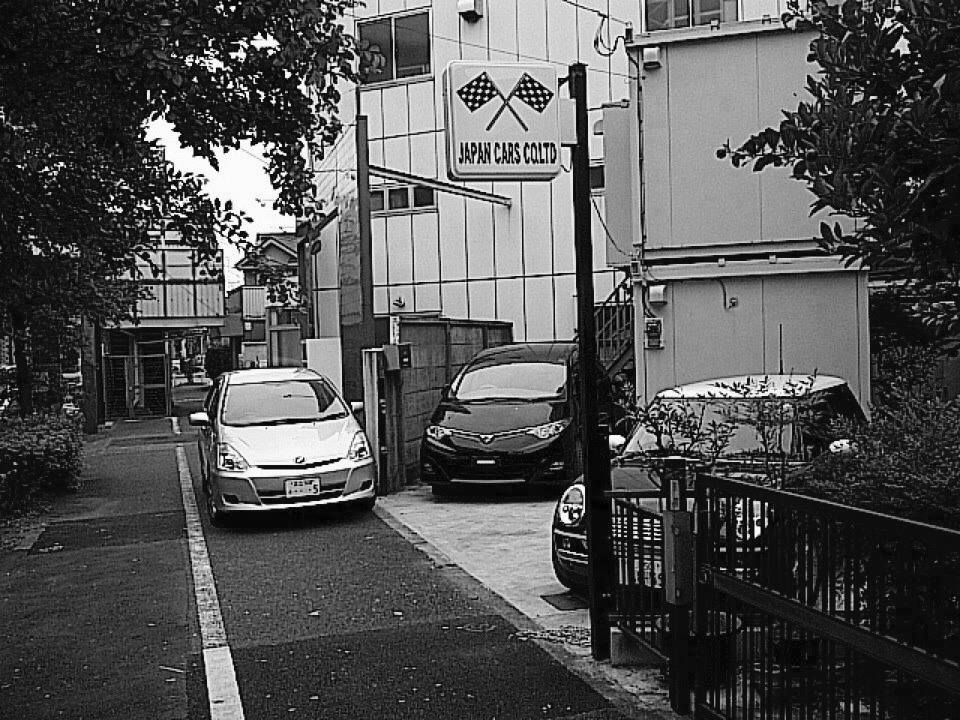
Welcome to JAPAN CARS.USA!
“FIND YOUR CAR”

Comprehensive Vehicle Sourcing
- Browse stock or participate directly in Japanese auctions via our online platform.
- Shop by make (Toyota, Nissan, Honda, Mazda, Mitsubishi, Subaru, Suzuki, Isuzu, Daihatsu, Lexus, Mercedes-Benz, BMW, Audi, Volkswagen, Land Rover, and more), by type, year, price range, condition, and discount level.
- Access a diverse inventory of over 43,800 vehicles, from JDM cars Kei trucks to SUVs, sedans, hatchbacks, wagons, coupes, and commercial trucks.
Transparent B2B (Business to Business) Export Platform
- Enjoy a pure B2B experience with no membership or hidden transaction fees.
- View clear FOB pricing to major U.S. ports (Long Beach, Baltimore, Jacksonville, Tacoma, and others).
- Plan your bids with confidence using our Auction Calendar, Terms, and comprehensive FAQ section.
End-to-End Logistics & Support
- Work one-on-one with our multilingual experts who guide you through vehicle selection, documentation, and shipping logistics.
- Leverage our network of trusted shipping agents and local partners in the U.S. for streamlined customs clearance.
- Gain peace of mind with access to detailed photo galleries, bank details, and direct contact channels at every step.
Streamlined Purchase Flow
- Send an inquiry via our website.
- Receive detailed vehicle information and pro forma invoice.
- Confirm your order and choose your preferred payment method (T/T, credit card, or PayPal).
- Share payment proof and let us handle the rest—from export certification to delivery at your U.S. port.

”MEET YOUR CAR”
Export Process from Japan to the United States
An eight-step overview of the export flow—from purchase to U.S. customs clearance—along with the key Japanese and U.S. public documents and systems involved.
1. Purchase Agreement and Domestic Preparations
Before export, the buyer and seller sign a Sales Contract that specifies vehicle details, quantity, price, delivery terms (Incoterms), and schedule.
Use Japan’s Ministry of Economy, Trade and Industry (METI) “Foreign Exchange and Foreign Trade Act” (Trade Control Order) and JETRO’s Export-Import Procedures guide to confirm whether an export license is required. If needed, apply for METI export permits, as well as any approvals from the Nuclear Regulation Authority or the Ministry of Agriculture, Forestry and Fisheries.
2. Japanese Export Declaration
Submit the following documents via the Automated Export System (AES) to generate an Electronic Export Information (EEI) filing for U.S. Customs:
- Commercial Invoice
- Packing List
- Certificate of Origin
- Shipper’s Export Declaration (SED) / EEI
File these electronically with your local Japanese customs office to obtain formal Customs Export Clearance.
3. Transport Arrangement and Loading
Arrange ocean or air freight with your freight forwarder or carrier.
- Receive a Bill of Lading (B/L) for sea shipments or an Air Waybill (AWB) for air freight.
- Issue Shipping Advice to confirm loading is complete.
- Obtain the Export Customs Release document from Japanese customs at the port of departure.
4. Pre-Arrival Procedures in the U.S.
While in transit, send a Pre-arrival Notice to U.S. Customs and Border Protection (CBP) using your B/L or AWB number and EEI filing.
If required, secure any U.S. EPA (Environmental Protection Agency) or DOT (Department of Transportation) approvals for emissions or safety standards before arrival.
5. U.S. Customs Entry and Classification
Upon arrival, file your import entry through CBP’s Automated Commercial Environment (ACE):
- Enter the Commercial Invoice, Packing List, Certificate of Origin, and B/L or AWB details.
- Assign the correct Harmonized Tariff Schedule (HTS) code.
- Verify duty rates or FTA eligibility using the U.S. International Trade Commission (USITC) database.
6. Payment of Duties and Fees
CBP will calculate and collect:
- Merchandise Processing Fee (MPF)
- Harbor Maintenance Fee (HMF)
- Applicable customs duties based on your HTS code and any Free Trade Agreement
Provide a Customs Bond if required to guarantee payment.
7. U.S. Customs Release and Consignee Arrangements
Once CBP releases the shipment:
- Arrange inland transport to your warehouse or dealer location.
- Non-resident importers must designate a U.S. Resident Agent (or licensed customs broker) via a Power of Attorney to act on their behalf.
8. Delivery and After-Sales Follow-Up
Upon delivery, issue a Delivery Order to confirm receipt.
Retain inspection certificates and test reports to address any quality claims. Maintain a centralized record of past entries, duty classifications, and FTA claims to streamline future shipments.

“OWN YOUR CAR”
Comprehensive After-Sales Services
- Scheduled Maintenance
- Oil and filter changes with Japanese-spec lubricants
- Brake inspection and pad/rotor replacement
- Cooling-system diagnostics (radiator, hoses, thermostat)
- Battery health checks and replacements
- HVAC performance checks and cabin filter swaps
- Diagnostics & Repair
- On-board diagnostics (OBD) scanning and remote troubleshooting
- Factory-trained mechanics at certified partner shops
- 24/7 roadside assistance and towing coordination
- Complimentary service hotline for urgent repairs
- Genuine & OEM Parts Supply
- Direct shipments from our Japan parts warehouse
- Local stock for high-turnover items (filters, belts, fluids)
- Expedited import for hard-to-find components
- Compliance & Registration Support
- EPA and DOT conversion guidance
- State title, registration, and license plate processing
- Customs clearance and duties advisory
- Customization & Upgrades
- Japanese-spec accessories (GPS, ETC units, dash cams)
- Suspension kits, wheels, and aero packages
- Interior refinements (seat covers, trim panels)
